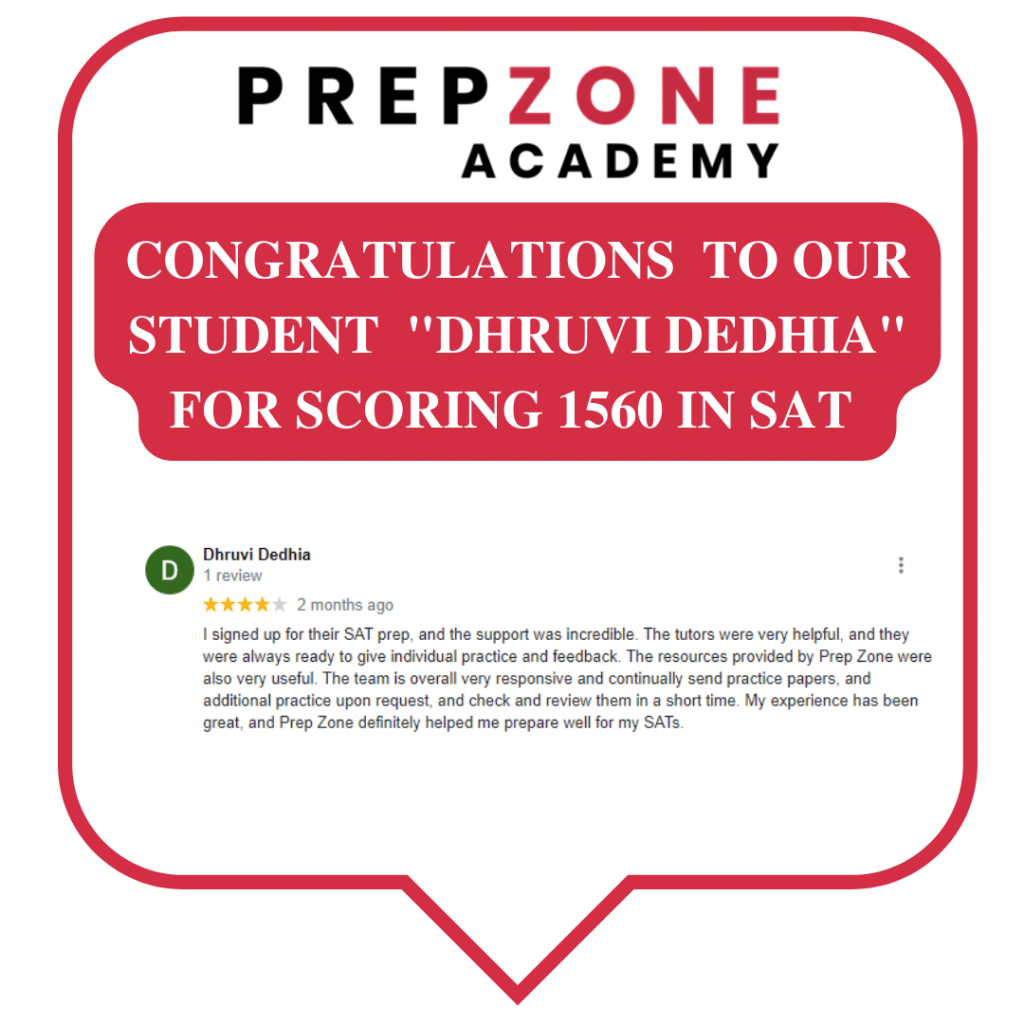The Digital SAT Test Structure
The Scholastic Assessment Test (SAT) is a standardized test, owned and published by the College Board. The SAT is widely used for US college admissions. This test consists of two main sections: (Reading & Writing) and Math.
Each section is further divided into 2 modules, to be adapted to the student’s level.
- Module 1 (Non-adaptive) consists of a mix of easy, medium and hard questions.
- Module 2 (Adaptive) consists of an easier variant (mix of easy + medium questions) and a harder variant (mix of medium + hard questions)
Depending on your performance in Module 1, you will be served with either the easier variant or the harder variant in module 2.
Your score range is greatly affected by which module is served in your adaptive stage.
- If you are served with the easier module 2, your score will be in the range of ~200-600.
- If you are served with the harder module 2, your score will be in the range of ~600-800.


